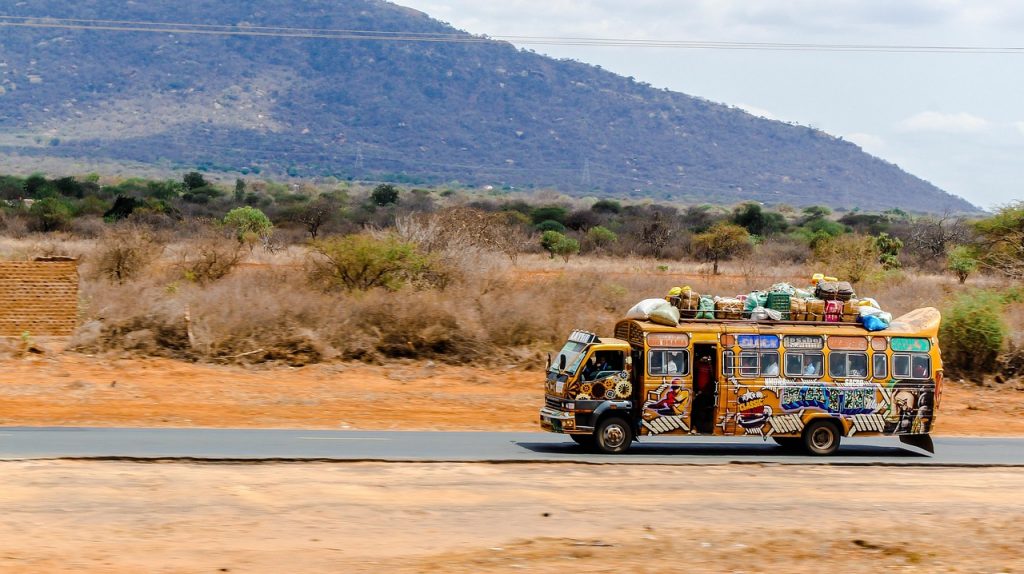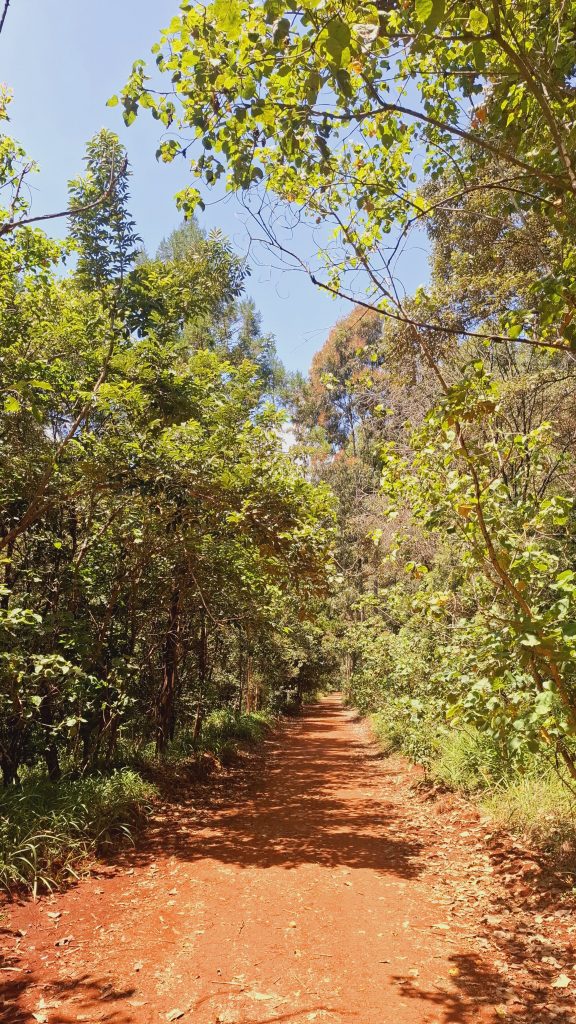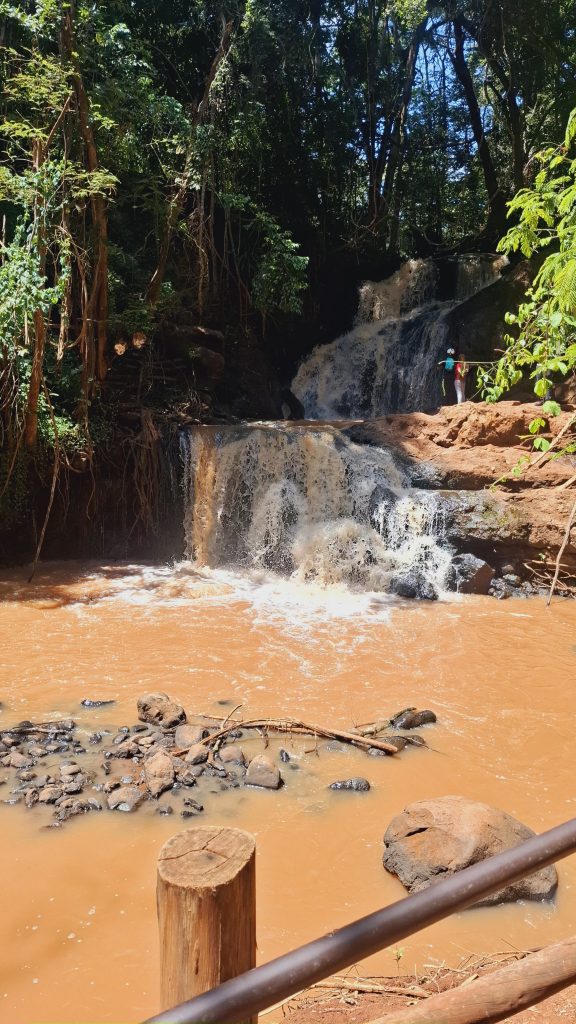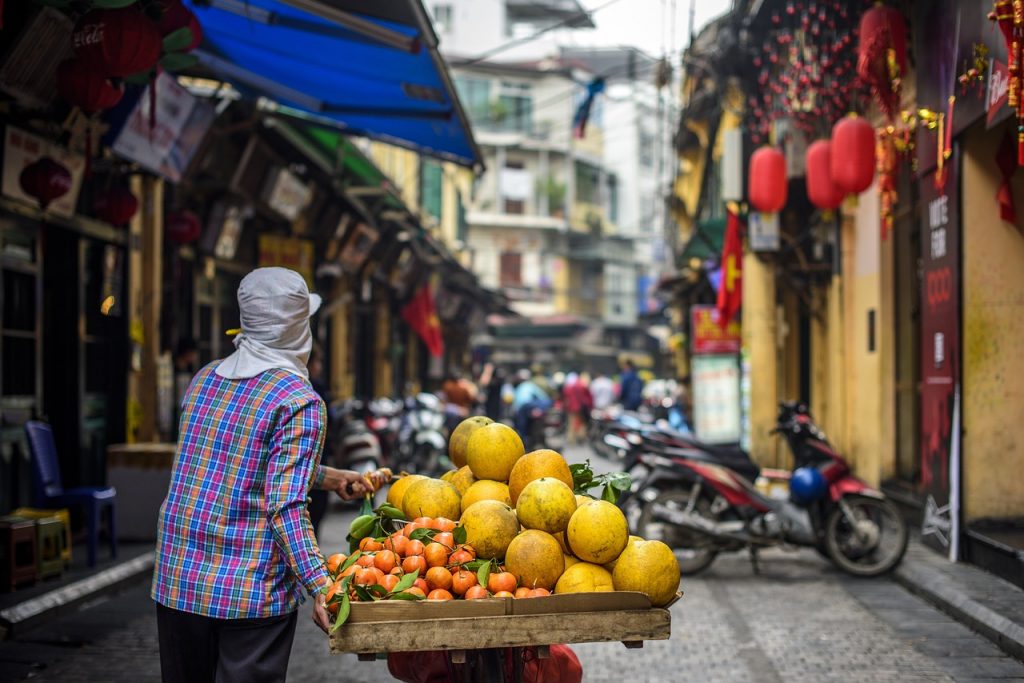“One’s destination is never a place, but a new way of seeing things.”— Henry Miller
In a world where travel means getting from point A to B, often as quickly as possible, there’s something refreshing about slowing down. Beyond reaching your destination, slow travel is particularly keen about how deeply you experience the journey itself.
In Kenya, slow travel is both an art and a mindset. It’s choosing a train over a flight because you want to watch the landscapes change. It’s sitting in a roadside café with no itinerary, just curiosity. It’s taking a tuk-tuk or a bodaboda, and letting the road tell you where to go.
At Kendirita Tours, we understand how impactful slow travel is to the overall well-being of our clients. So, let’s dive into what this type of travel could look like for you.
Travel like a local (use matatus, tuk-tuks, and boda bodas)

One of the best ways to experience Kenya is by using public transport. Matatus, Kenya’s famous minibuses, are neatly woven into our cultural fabric itself. Each one is uniquely decorated, often with bold graffiti and blasting music, offering a glimpse into local trends and urban life. While they can be a bit chaotic and unpredictable, matatus provide an authentic look at Kenya’s daily rhythm.
For shorter distances, tuk-tuks (three-wheeled motorized rickshaws) are a fun and affordable way to explore coastal towns like Mombasa, Malindi, and Diani. They move at a slower pace because sometimes the best views come at 40 km/h, allowing you to take in the surroundings and even stop for roadside snacks.
In smaller towns, boda bodas (motorbike taxis) are the go-to option, offering flexibility to navigate narrow paths and hidden gems.
Take the scenic route

Kenya’s landscapes are incredibly diverse, and the best way to experience them is to avoid the quickest routes. A road trip from Nairobi to Naivasha, for instance, is not just about reaching the destination—it’s about stopping at viewpoints along the Great Rift Valley, taking pictures, and trying roasted maize from roadside vendors.
If you’re heading to the coast, consider taking the SGR (Standard Gauge Railway) train from Nairobi to Mombasa instead of flying. The journey takes about five hours and offers stunning views of Tsavo National Park, where you might spot elephants or giraffes from your window.
Walk and explore at your own pace

Some of Kenya’s most charming places are best explored on foot. Lamu Old Town, a UNESCO World Heritage Site, has no cars—only narrow alleyways, donkeys, and centuries of Swahili history waiting to be discovered. Walking allows you to appreciate the architecture, interact with locals, and stumble upon hidden courtyards and local cafés.
In Nairobi, a walk through Karura Forest or the bustling streets of the city center can be just as rewarding. You’ll notice things you would have missed in a car—vendors selling fresh fruit, street musicians playing by the roadside, and the ever-changing energy of the city.
Wherever you go, slow down. Take a break at a local café, strike up a conversation, and allow yourself to simply observe.
Travel with curiosity, not just an itinerary

Slow travel is as much about mindset as it is about pace. It means being open to spontaneous experiences like joining a local celebration, trying a dish you can’t pronounce, or learning a few words in Swahili.
Kenya offers endless opportunities for those willing to explore beyond the usual tourist spots. So, the next time you’re planning a trip, take a moment, slow down, and then call us. We have unique packages that will help you make the best of the scenic route while truly connecting with the places and the people you visit.
You’ll leave with richer memories and a new appreciation for the art of slow travel.
Writer: Winnie Wekesa
